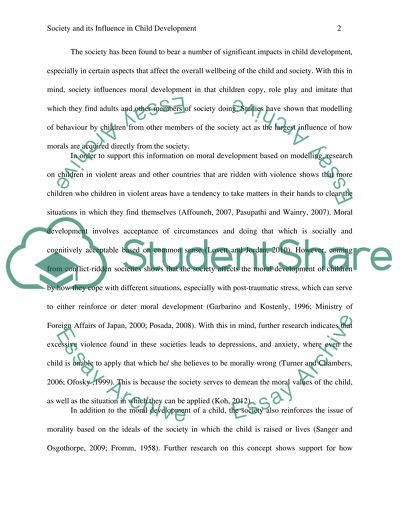Cite this document
(“Society and its influence in child development Essay”, n.d.)
Society and its influence in child development Essay. Retrieved from https://studentshare.org/psychology/1478624-society-and-its-influence-in-child-development
Society and its influence in child development Essay. Retrieved from https://studentshare.org/psychology/1478624-society-and-its-influence-in-child-development
(Society and Its Influence in Child Development Essay)
Society and Its Influence in Child Development Essay. https://studentshare.org/psychology/1478624-society-and-its-influence-in-child-development.
Society and Its Influence in Child Development Essay. https://studentshare.org/psychology/1478624-society-and-its-influence-in-child-development.
“Society and Its Influence in Child Development Essay”, n.d. https://studentshare.org/psychology/1478624-society-and-its-influence-in-child-development.


